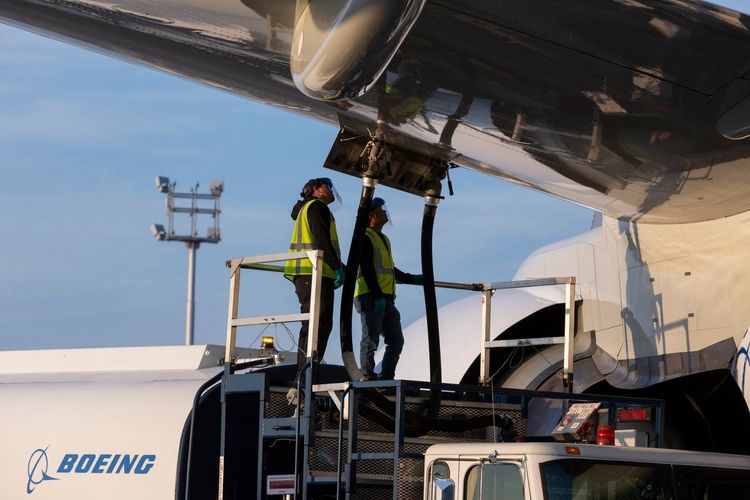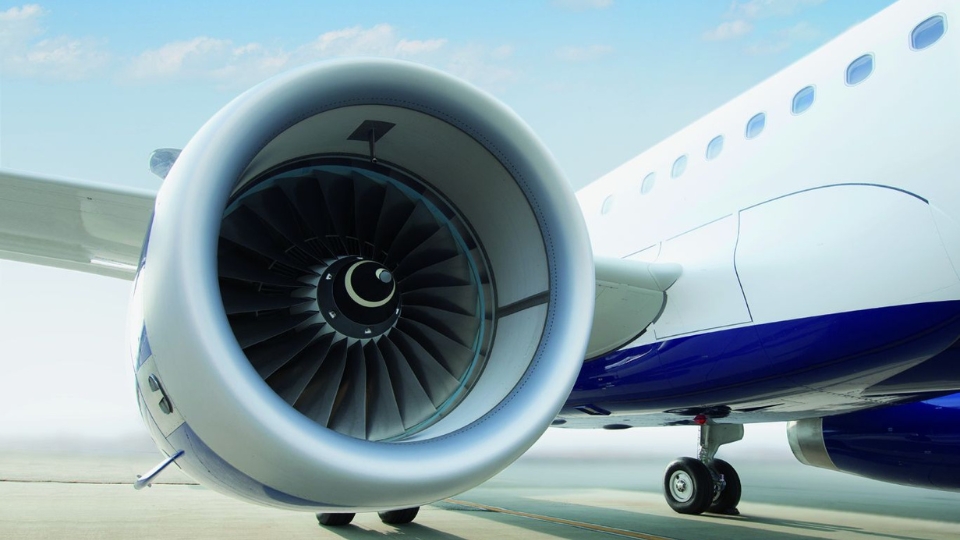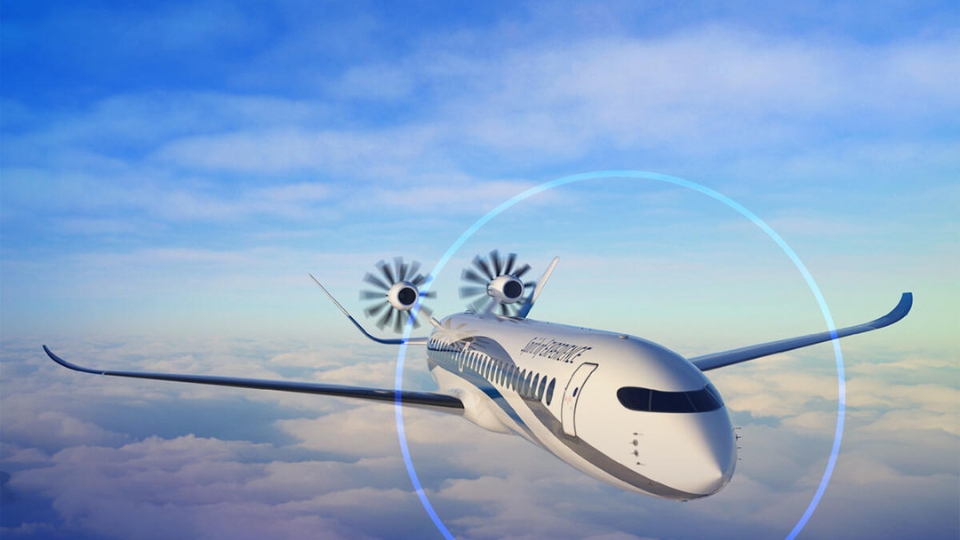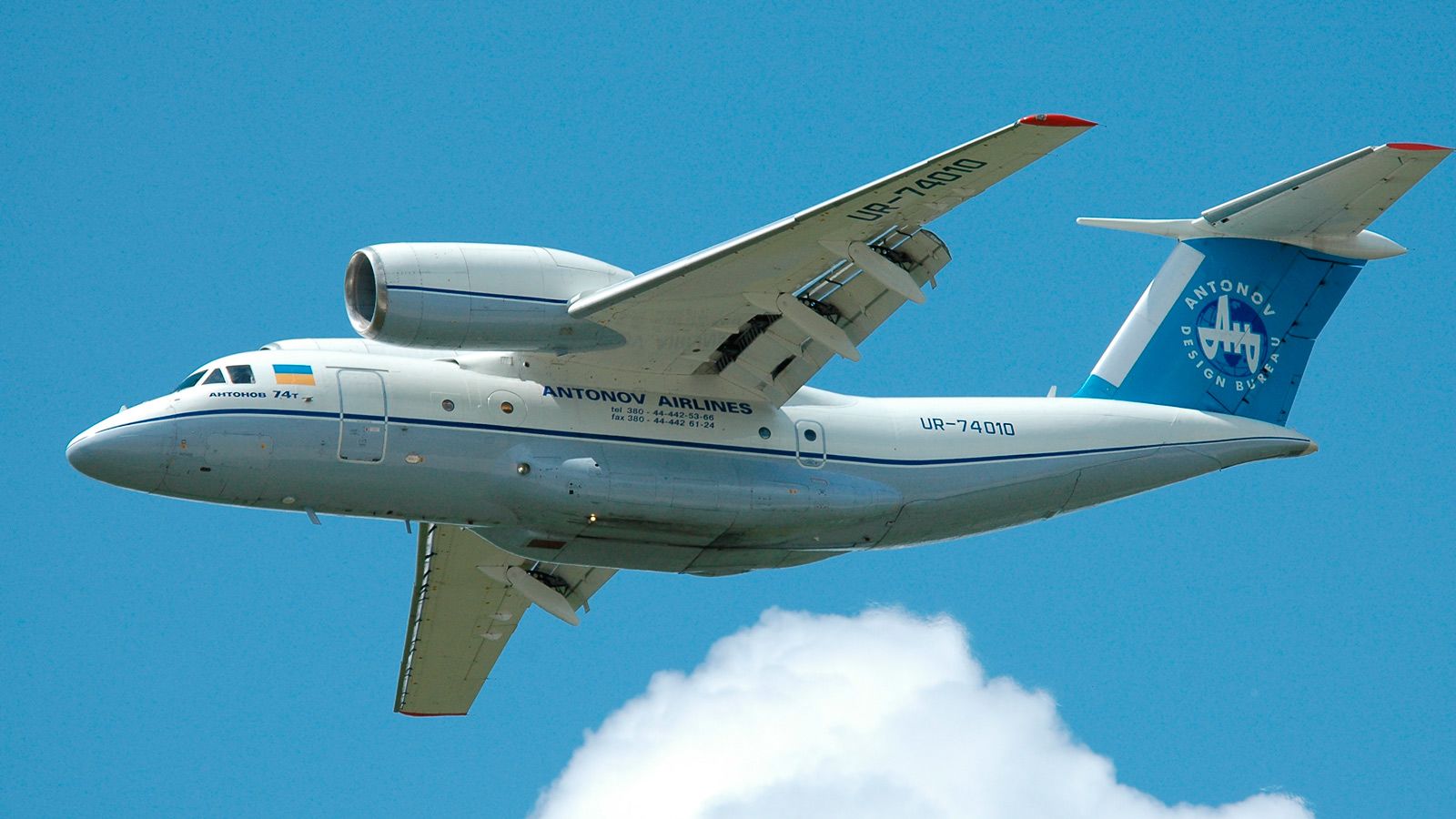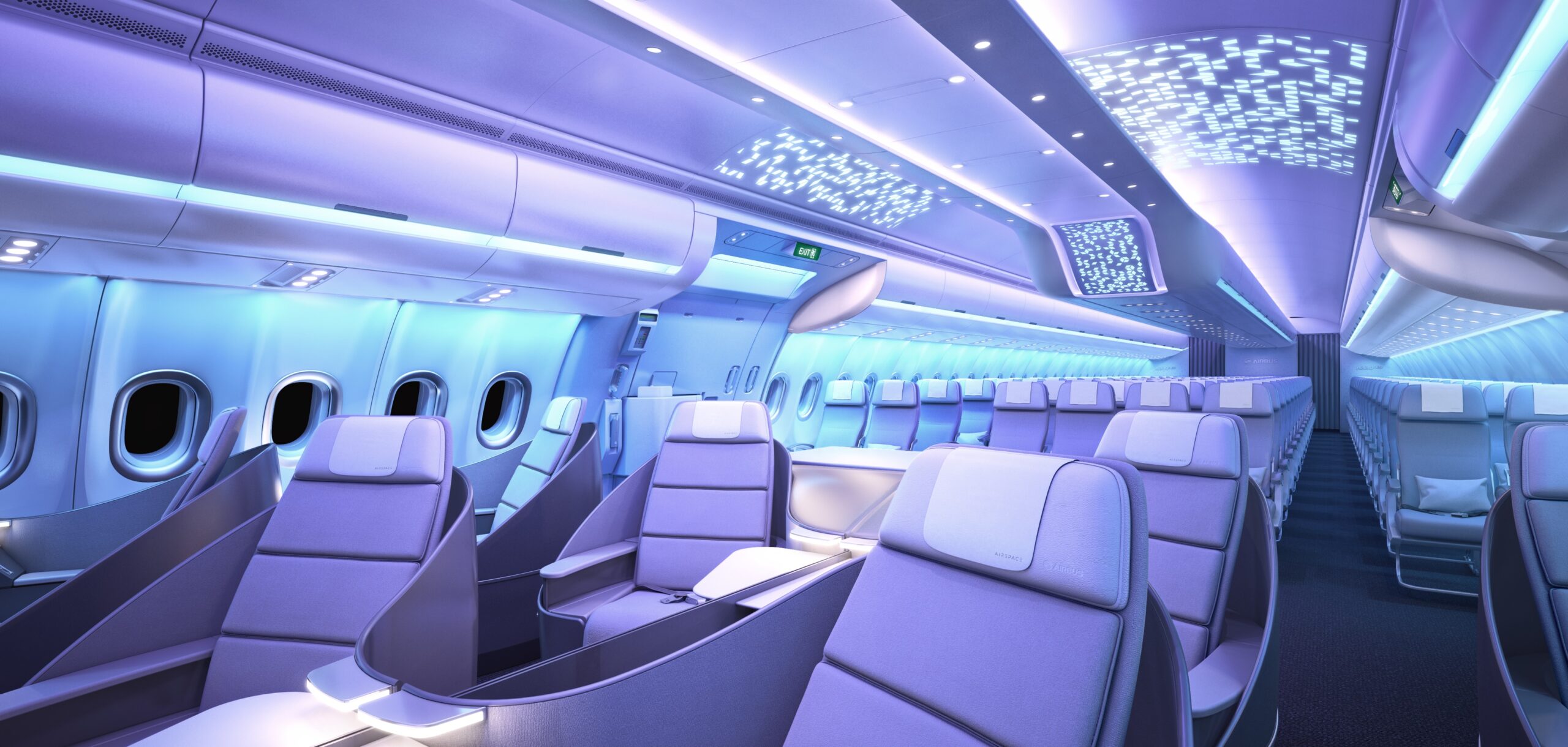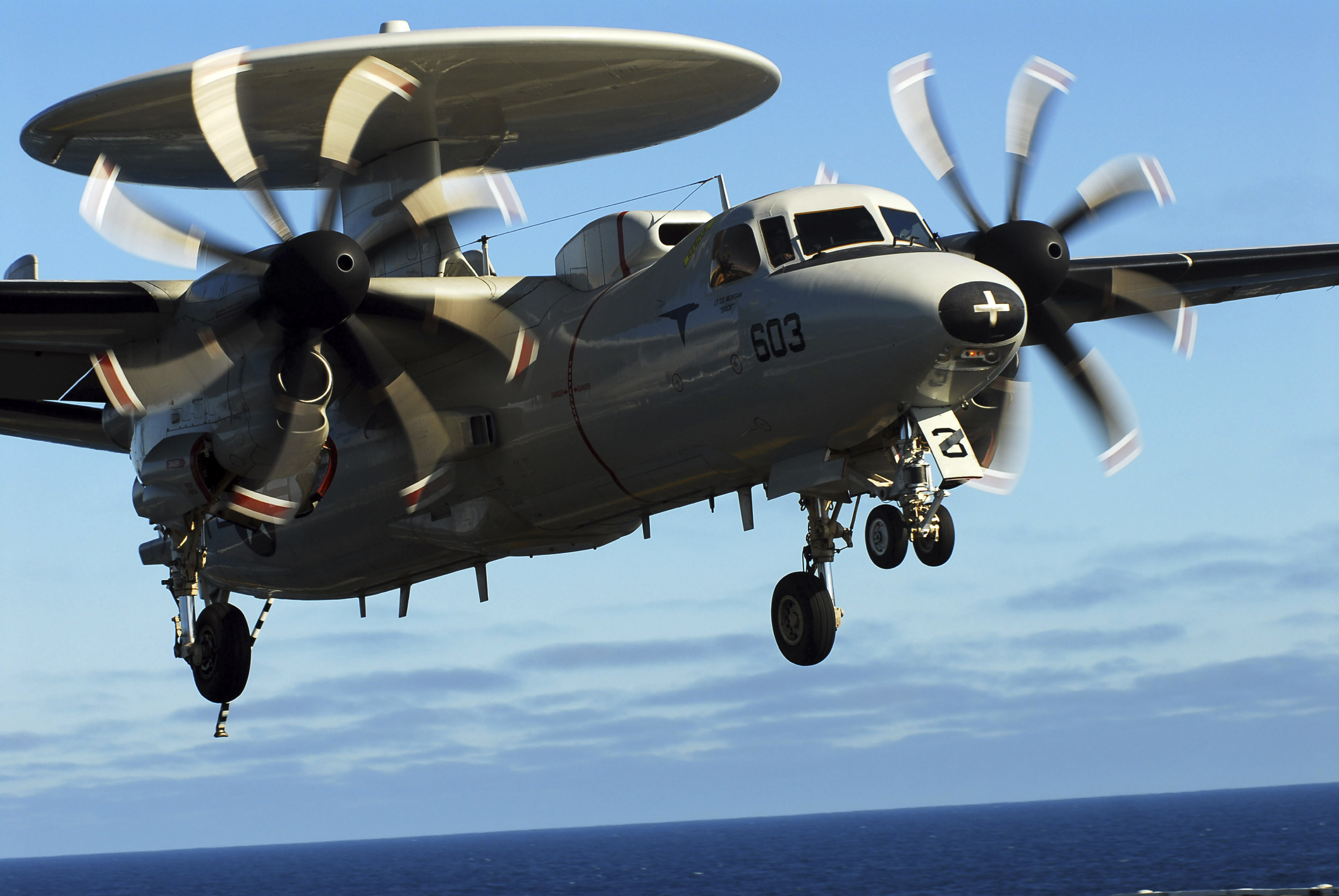The aviation industry thrives on constant innovation. Aircraft innovation fuels aviation progress by improving safety, efficiency, passenger experience, and environmental sustainability. From advanced engines to smart avionics, innovative technologies have transformed the way airlines operate, creating a faster, safer, and more connected world.
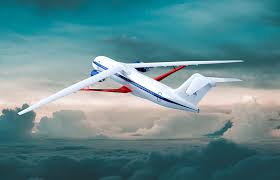
Aircraft innovation fuels aviation progress
Advancements in Aircraft Technology
Modern aircraft incorporate cutting-edge technology that enhances performance and reduces operational costs. Innovations in aerodynamics, lightweight materials, and engine efficiency allow airplanes to fly farther, faster, and more economically than ever before. These advancements not only benefit airlines but also improve passenger comfort and safety.
Example:
The Boeing 787 Dreamliner uses composite materials and advanced engines to reduce weight and fuel consumption, enabling long-haul flights with improved efficiency and passenger comfort.
Enhancing Safety and Reliability
Aircraft innovation is central to maintaining the highest safety standards. Modern planes feature advanced avionics, real-time monitoring systems, and automated safety protocols that minimize human error and ensure smooth operations. Airlines can detect potential issues before they become critical, providing a safer flying experience for passengers.
Example:
Smart sensors on modern aircraft monitor engine performance and structural integrity, alerting crews and maintenance teams to potential problems before they affect flight safety.
Improving Passenger Experience
Innovation also enhances the passenger journey. New cabin designs, in-flight entertainment, and connectivity features improve comfort and convenience. Efficient aircraft operations reduce delays, while quieter engines and better pressurization systems make flights more enjoyable.
Example:
On long-haul flights, passengers enjoy lie-flat seats, mood lighting, and Wi-Fi connectivity—features made possible by modern aircraft design and innovation.
Supporting Environmental Sustainability
Environmental concerns are driving innovation in aviation. Airlines are investing in fuel-efficient engines, alternative fuels, and aerodynamically optimized designs to reduce carbon emissions. These innovations allow airlines to meet sustainability goals while maintaining performance and reliability.
Example:
The Airbus A350 XWB integrates fuel-saving technologies and lightweight materials, reducing emissions and lowering operating costs on long-haul routes.
Driving Economic and Global Connectivity
Innovative aircraft enable airlines to connect more cities with fewer stops, facilitating international trade, tourism, and business. Faster, efficient flights reduce travel times and expand opportunities for global connectivity. Airlines that adopt new technologies can operate competitively, meeting passenger demand while reducing operational costs.
Example:
Ultra-long-haul flights connecting Sydney to London or New York allow passengers to travel nonstop, improving global mobility and opening new economic opportunities.
Benefits of Aircraft Innovation
-
Enhanced Safety: Advanced monitoring and automated systems reduce risks.
-
Improved Efficiency: Fuel-saving technologies and lightweight materials lower costs.
-
Passenger Comfort: Innovative cabin designs and in-flight features enhance the experience.
-
Environmental Responsibility: Reduced emissions support sustainable aviation.
-
Global Connectivity: Faster, more reliable flights enable economic growth and cultural exchange.
Conclusion
Aircraft innovation fuels aviation progress by combining safety, efficiency, passenger comfort, and sustainability. From technological advancements in engines and materials to smarter flight management systems, innovation drives the aviation industry forward. Airlines that embrace these developments deliver superior travel experiences, expand global connectivity, and contribute to a more sustainable future. Continuous innovation ensures that aviation will keep evolving, connecting people and businesses around the world while meeting the challenges of tomorrow.

